MardiMay07
New Member
Hello!
I'll give a backstory so that it will be easier to respond to what help I need. I work at PetSmart and take care of all sorts of animals and am also in school to be a Vet Tech and from there, a future DVM. I'm not saying that by any means I'm an expert anywhere, but needless to say I did SO much research before buying my little Pascal.
I took care of him a lot at work before being able to set his whole environment up and finally get him (about beginning of November) He was used to me, and never hissed when I held him and was so friendly it was ridiculous for a chameleon.
The situation is: A few months ago (around maybe mid March), I woke up on the weekend and noticed his eyes were puffy in the inner corners. I IMMEDIATELY took him to the vet and they diagnosed him with an upper respiratory infection and I began antibiotics that day. He didn't seem to improve after the 2 week first round, so they began another. The puffiness would go down and then a couple days later, flare back up again. He stopped climbing on branches at this time.
I decided to take him to another vet in my area whom is super personable and genuinely cares about the clients and the pets and has rave reviews. He said he was on the mend for the URI and didn't need more antibiotics. He claimed that a cap had been left on his right eye from his previous shed (he had been completely normal beforehand) and I managed to work it out around the end of June.
He seemed to improve well after this, even though I still had to hand feed a little bit because he wouldn't open his eyes. He was drinking even out of his reptirock I put in for him to soak. At the beginning of July, he seemed SO weak and when he'd walk, was really wobbly. He was still climbing on the cage and drinking so I was like "okay." I made yet another vet appointment for yesterday (7/8) and needless to say, I woke up with that motherly inkling at 6am. He had passed and was laying at the bottom of the cage.
I am just beside myself because he was so friendly and calm most of the time.
The bigger part is that I feel I should have known what was wrong, but I might just be beating myself up.
I read recently on here that they need calcium and multivite dustings about 2-3 times a week being a juvenile (he was probably around 10 months since we got him in the store about september 2013-maybe close to a year idk) and I just felt like a killer. I did dust, but not THAT often.
I guess my question is: Could this have been a freak thing since two vets couldn't figure it out? I don't believe it was MBD because he was climbing normally until the end and was really skinny instead of bloated..and also his limbs weren't swollen. I followed the care guidelines to a T minus the dusting but I'll show pictures of his habitat.





Thanks to whomever helps...I'd like to give it another shot because they're so neat but need to get over my Pascal.
I'll give a backstory so that it will be easier to respond to what help I need. I work at PetSmart and take care of all sorts of animals and am also in school to be a Vet Tech and from there, a future DVM. I'm not saying that by any means I'm an expert anywhere, but needless to say I did SO much research before buying my little Pascal.
I took care of him a lot at work before being able to set his whole environment up and finally get him (about beginning of November) He was used to me, and never hissed when I held him and was so friendly it was ridiculous for a chameleon.
The situation is: A few months ago (around maybe mid March), I woke up on the weekend and noticed his eyes were puffy in the inner corners. I IMMEDIATELY took him to the vet and they diagnosed him with an upper respiratory infection and I began antibiotics that day. He didn't seem to improve after the 2 week first round, so they began another. The puffiness would go down and then a couple days later, flare back up again. He stopped climbing on branches at this time.
I decided to take him to another vet in my area whom is super personable and genuinely cares about the clients and the pets and has rave reviews. He said he was on the mend for the URI and didn't need more antibiotics. He claimed that a cap had been left on his right eye from his previous shed (he had been completely normal beforehand) and I managed to work it out around the end of June.
He seemed to improve well after this, even though I still had to hand feed a little bit because he wouldn't open his eyes. He was drinking even out of his reptirock I put in for him to soak. At the beginning of July, he seemed SO weak and when he'd walk, was really wobbly. He was still climbing on the cage and drinking so I was like "okay." I made yet another vet appointment for yesterday (7/8) and needless to say, I woke up with that motherly inkling at 6am. He had passed and was laying at the bottom of the cage.
I am just beside myself because he was so friendly and calm most of the time.
The bigger part is that I feel I should have known what was wrong, but I might just be beating myself up.
I read recently on here that they need calcium and multivite dustings about 2-3 times a week being a juvenile (he was probably around 10 months since we got him in the store about september 2013-maybe close to a year idk) and I just felt like a killer. I did dust, but not THAT often.
I guess my question is: Could this have been a freak thing since two vets couldn't figure it out? I don't believe it was MBD because he was climbing normally until the end and was really skinny instead of bloated..and also his limbs weren't swollen. I followed the care guidelines to a T minus the dusting but I'll show pictures of his habitat.
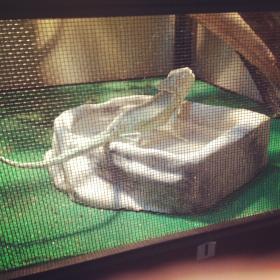
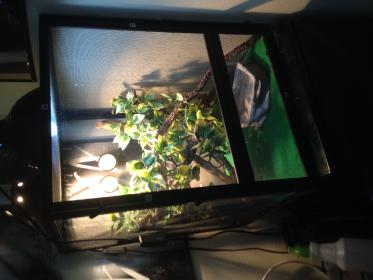
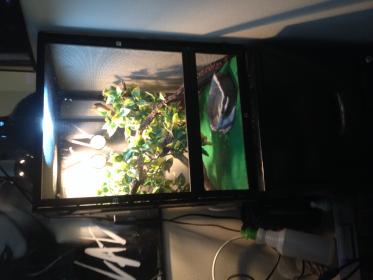
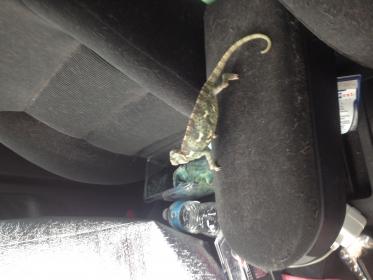
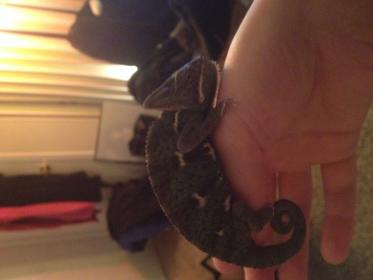
Thanks to whomever helps...I'd like to give it another shot because they're so neat but need to get over my Pascal.
